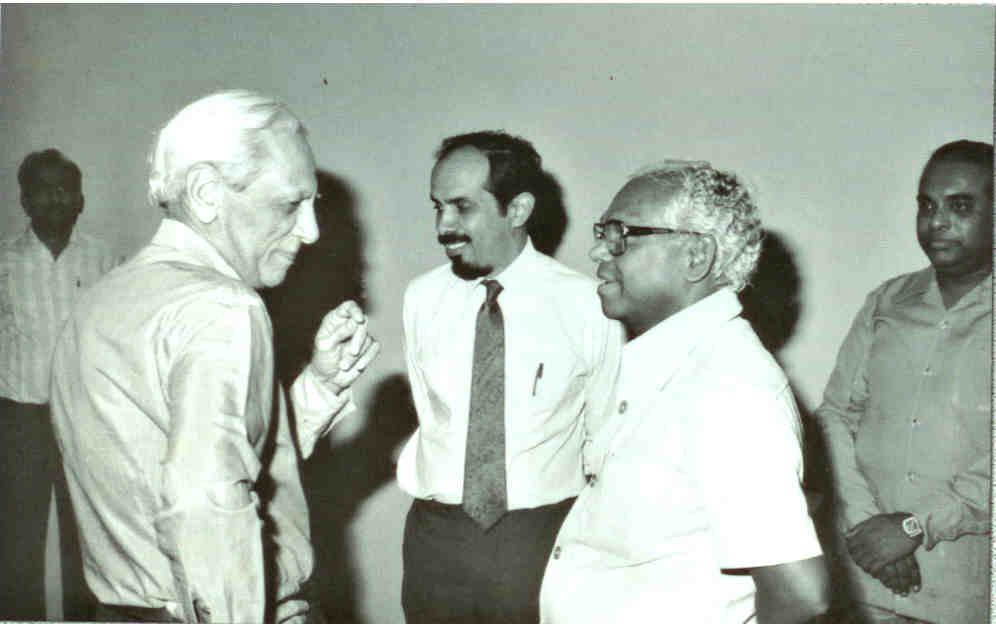
Roddam Narasimha is the DST Year-of-Science Professor at the Engineering Mechanics Unit, Jawaharlal Nehru Centre for Advanced Scientific Research, Bangalore. Narasimha, a former professor in the Department of Aerospace Engineering at IISc, was one of Satish Dhawan’s earliest students. In this excerpt from a wide-ranging interview, he shares his memories of Dhawan.
What was Satish Dhawan like as a teacher?
When he came for his first class, what struck me was that here was the only faculty member who came to the lecture hall smiling. Good morning, he would say, with a big smile on his face. The others were not that way at all. He saw everything as fun. He took pleasure in making things simple. I think people absorbed a great deal more from his teaching than from that of the others. The other thing he did is that he didn’t spend the lectures on details about the numbers and so on. He would derive the results and then pass on a large number of data sheets. He would work late at night getting his data sheets ready for the next day’s lectures – he took it very seriously. The only man I’d compare with him on teaching was OG Tietjens [Head of the Department at the time], but they were otherwise very different in terms of personality.
Dhawan always answered students’ questions, and even when he conducted oral exams he was pleasant. This did not necessarily mean you got very good grades [laughs], but if he thought you had understood what had been taught, he was generous with grades.
What was Dhawan like in your interactions with him outside the classroom?
He was, first of all, a very pleasant person. When he came on this campus, he was a very unusual faculty member. The Institute in general was a relatively serious place at that time. Most of the faculty members wore a coat and tie, for example. Dhawan wore colourful Californian shirts, had a red convertible MG [car] and drove from his home to the lab.
Some of the faculty members did mix with students but never at the level at which Dhawan did. Once I became his research student I would, now and then, be at his house, and we would chat about various things. He had a great sense of humour, almost always had a smile on his face, and he made you feel at ease. But if you thought that he was only that, you’d be very mistaken. He was very serious about his work. He was also serious about the country, a real patriot. For him, patriotism was never a badge he wore, but was evident by the way he was committed to doing things here. He was a man who thought India should be doing a great deal more. He introduced a new personality to this campus – professionally as well as personally.
He had a great sense of humour, almost always had a smile on his face, and he made you feel at ease. But if you thought that he was only that, you’d be very mistaken. He was very serious about his work.
What influence did he have on your choosing to do research in fluid dynamics?
Dhawan had joined the Institute in 1951, as a senior scientific officer. He had his PhD degree from what was one of the two great centres of aeronautical research in the world, Caltech (Göttingen in Germany was the other). With his research record, he quickly became an assistant professor. And that was when I joined here as a student in 1953. He had already started setting up the high-speed aerodynamics lab and a boundary-layer lab in the Department, and I assisted him there, designing supersonic nozzles and helping him to calibrate the facilities.
After I did my Diploma [equivalent to today’s ME degree], I was wondering what I should do. Prof. Tietjens, who was a German and Ludwig Prandtl’s student, was head of the Department at that time. He asked to see me and told me that I should go abroad and do research, either at Göttingen or at Caltech. “If you decide to go to Göttingen, write to me and I’ll make sure they’ll admit you,” he said.
Then Dhawan asked me the same question – what are you going to do? I had already helped him in the design of the new wind tunnels. He said why don’t you stay here and do some research. It sounded like a good idea to me. I wasn’t yet quite familiar with what research implied. So I stayed here for two years, doing the Associateship of the Institute, with Dhawan as my supervisor. The work that I did here committed me to a research career. I realised that sitting here in Bangalore you could do something which interested people elsewhere. That was a big thing for me. It was done in the lab where everything was put together by hand. Dhawan used to call them “gizmos”, most of which he built – and I built some. They were all made by mechanics in the workshop. But it all worked out, and the results we got have stood the test of time.
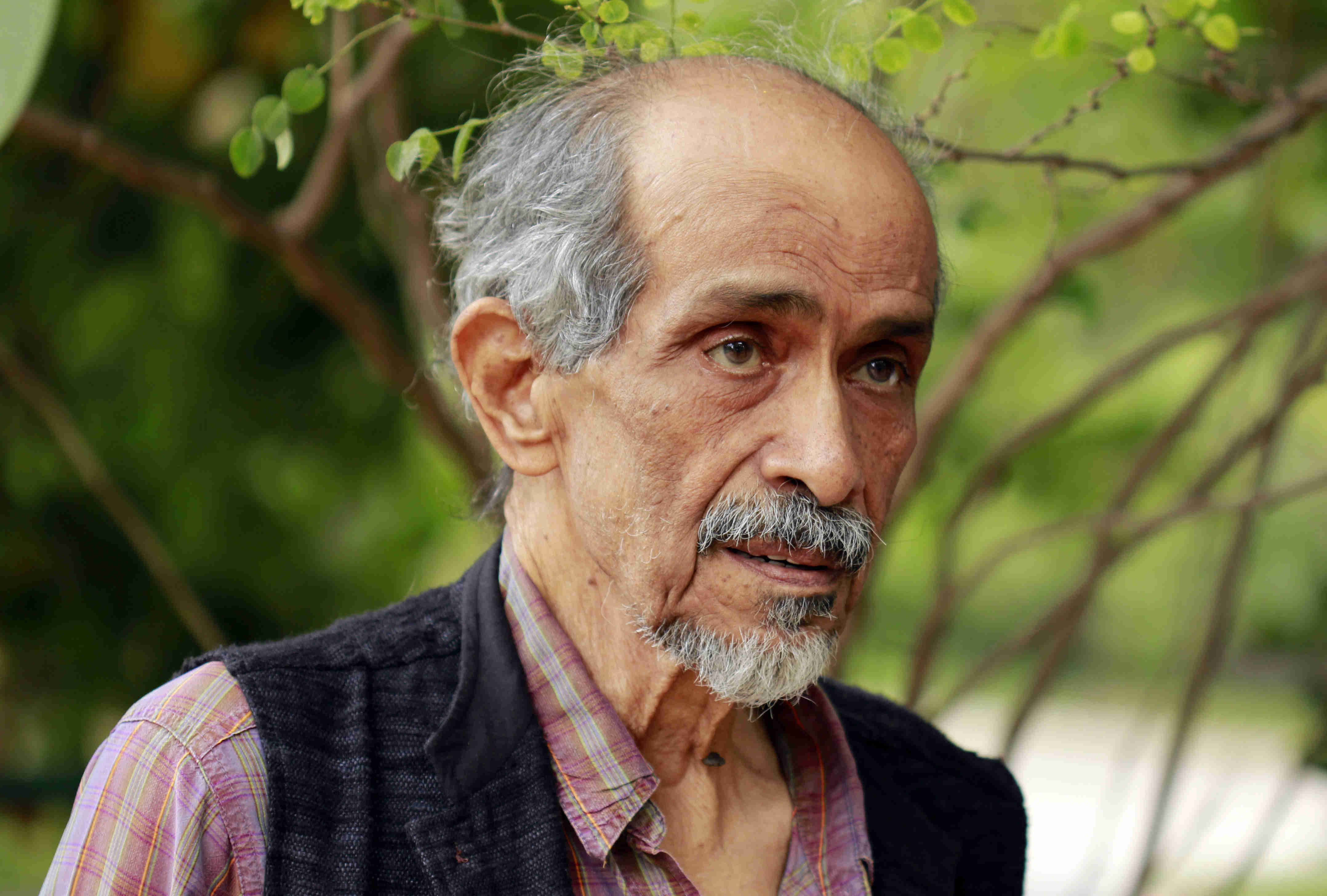
What would you say was Dhawan’s role in shaping IISc as we know it today?
I would say that he transformed the Institute. When I came here as a student, there were some departments which were very active in research; some not so active. But the war and independence had changed the needs of the country. Dhawan saw the need for doing things which the Institute was not doing – for example, theoretical physics, ecology, atmospheric science. In all of these Dhawan took a big initiative. He did another remarkable thing. He invited the finest scientists of the country to IISc and they went on to set up new programmes here: CNR Rao in solid state chemistry, GN Ramachandran in molecular biology, and George Sudarshan in theoretical studies. He encouraged many other areas as well – all the way from science and technology for rural areas to high-energy physics. And he changed the grading system governing students’ performance, moving away from the old marks system.
The net result was that academic levels in different departments were much less non-uniform than before. Partly because of his broad background – he had a degree in physics just as in engineering, and his PhD minor was mathematics. So he had a very broad vision for the Institute. He could see that everything has its place.
In his work as Chairman of ISRO, did he bring something new to ISRO which made it the success that it is today?
Very definitely, yes. I think that the space programme as it is organised today is very largely the work of Dhawan. Vikram Sarabhai was the visionary who, ahead of his time in India, said we should start a space programme. So I would say the seeds were sown by Sarabhai, but the tree that you see is very largely the work of Dhawan. I think the architecture which you see – the different centres with well-defined projects – is really the work of Dhawan, if only because Sarabhai didn’t have time to do it. The centres, the people who were picked to run those centres, the way the responsibilities were divided, the project system and the critical reviews they made of the projects with a lot of outside help – academics were involved in all of this. So that whole system was really Dhawan’s creation. If today most people in the country look upon ISRO as the one organisation in the government which delivers, it’s really because of the spirit and leadership structure that Dhawan set up.
If today most people in the country look upon ISRO as the one organisation in the government which delivers, it’s really because of the spirit and leadership structure that Dhawan set up
And he had great confidence in Indian talent. I still remember the first big review they had of the SLV-3 project, of which APJ Abdul Kalam was the director. The number of people involved in that review was something like 250. It was held in an auditorium. And I wondered why instead of a small committee room he had this whole auditorium for the review. Dhawan wanted everybody to know – the mission of space and the projects had to be understood not just by the scientists in each project team, not just by the leaders and the centre directors, but by every engineer who had any part to play in the project. And they all knew that if it came to a technical discussion, everybody was equal. It did not depend on rank or hierarchy. All these principles have constituted what people now refer to as the ISRO culture. And in some ways, I think it’s one of the greatest contributions that Dhawan made.
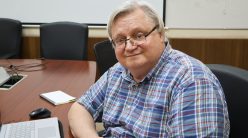


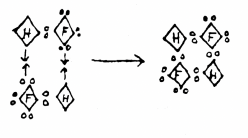
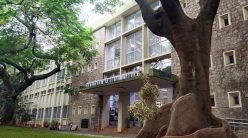
1 thought on “‘Dhawan introduced a new personality to IISc’: Roddam Narasimha”
Satish Dhawan, The Legend Who Shaped India's Space Programme
(3 January 2018 - 1:39 pm)[…] Photo Source […]
Comments are closed.